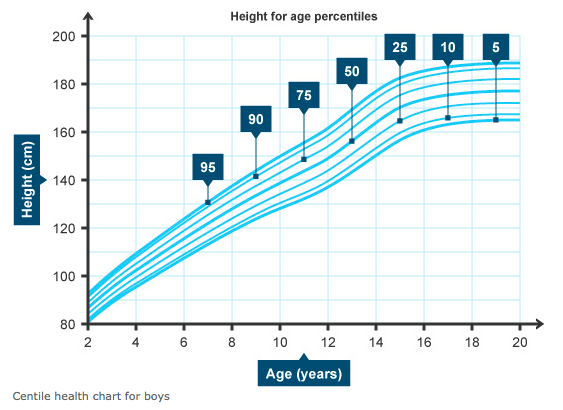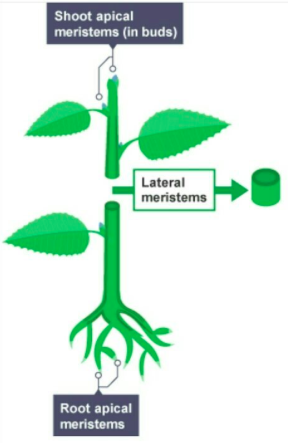Stem Cells
Percentile Charts
In order to monitor the growth of humans, percentile charts are widely used by professionals.
- The mass, length, BMI and head circumference of a child may be monitored in order to track the development of the child.
- Their measurements are compared with children of the same age across the population.
- This will allow professionals to judge whether the child is developing at the same pace as other children of the same age.
If a child is recorded on the 50th percentile for height, then in every hundred children, 50 will be taller and 50 will be shorter. If a child is recorded on the 10th percentile for height, then in every hundred babies, 90 will be taller and 10 will be shorter.
Stem Cells in Animals
Stem cells are a type of cell that is undifferentiated and is not specialised. It does not have a specific function just yet. Stem cells can be found in both animals and plants.
Embryonic stem cells:
- When a fertilised egg develops, it becomes an embryo.
- When the embryo is still in the early stages of development, they are considered stem cells - This means that the cells had the potential to specialise into different types of cells.
- This is extremely important as multicellular organisms require lots of specialised cells to work together in order to function.
Adult stem cells:
- A limited number of adult stem cells can also be found in adults
- They are limited in the following places: nose, eyes, brain, blood, heart, skin, bone marrow and the muscle.
- Adult stem cells are slightly different to embryonic stem cells, as adult stem cells can only differentiate and specialise into related cell types.
Scientists are extremely interested in the study of stem cells, as they have the potential to become anything.
This may suggest that damaged cells can be repaired and that they will potentially regrow. This scientific research could benefit millions of people. Lots of research is currently being conducted, especially on animals.
Scientists are slowly trying to use stem cells to create specialised cells that can repair certain organs like eyes and lungs. There is a possibility that new organs can be created by stem cells.
Meristems
Stem cells can also be found in specific regions of plants.
Meristems__ __exist in plants as it ensures that plants have the capacity to grow taller and wider throughout its life.
It is possible to clone plants from the stem cells that can be found in the meristem regions.
- You can create clones of plants through cuttings.
- Cuttings are dipped into hormones that causes unspecialised stem cells to grow.
- These stem cells will slowly become specialised plant cells such as the xylem, phloem, and the organs needed for a new plant.
This means that cloning is quite easy and cheap to carry out.
The following image displays the areas which contain stem cells in a plant:
Benefits and Risks
Benefits
- It is quick and cheap to create clones of plants
- Cloning plants will prevent the extinction of rare plant species
- Creating plants that have specific traits (e.g. disease resistant)
- Embryonic stem cells are quite easy to extract from the embryo
- Damaged organs can potentially be repaired in the future
- It is ethical to obtain adult stem cells as no embryo is hurt or destroyed in the process
- __Humans would not reject their own stem cells __if they are being used to treat themselves.
Risks
- Unethical to destroy embryonic stem cells - some believe that those cells had a right to live
- Human body cells may reject embryonic stem cells, unless medication is used.
- There is a possibility that cancerous cells are produced instead of healthy cells.
- It is painful and often difficult to find adult stem cells, and to be able to extract them from tissue
- Adult stem cells can only specialise into a few type of cells
- Which type of stem cell in can differentiate into any type of cell (in animals)?
- Embryonic
- What is the percentile chart commonly used to compare?
- Your answer should include: Head circumference / height / weight / BMI / length of a child
- Why would scientists want to clone plants?
- Your answer should include: Extinction / cheap / quick

